What do you look for, when you’re curious about facts concerning ancient civilizations such as the Inca? While it’s understandable to be interested in the Inca — as they had the largest empire on the planet at one point — what would be the best way to look up such a civilization? Their achievements? The way their people lived?
While there are many different ways you can learn more about the Incas, perhaps one of the best would be to look up their revered gods and goddesses. For example, one of the reasons why ancient Egypt is so popular is due to their pantheon, and the same goes for the Greeks. In the case of the Incas, a lot of people are likely unaware of the gods and goddesses they praised and revered. If you want a quick look into how the Incas lived, what better way to do so than to have a look into their pantheon? Here’s a quick guide to the top Inca gods and goddesses to get you started.
Viracocha
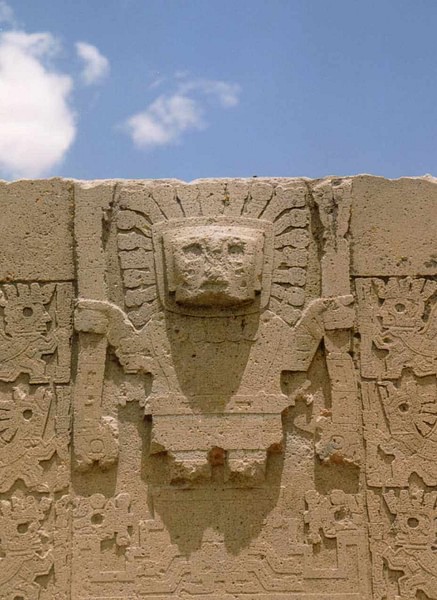
When looking into the gods and goddesses of any civilization, it’s usually best to start with what’s considered to be the creator god. In Christianity, the creator god is YHWH, while the creator god (of a sort) for the Greeks would be either the celestials, or Zeus. The interesting thing about the Viracocha is that the reason why he is the creator god of the Inca isn’t just about his position.
It’s also the fact that he was a god before the civilization of the Incas. He’s a god from before the Inca civilization and before time immemorial. It was said that Viracocha (also known as Wiracocha) arose from the waters after a long journey, and during his rest created the heavens and the earth. A god not only of the Incas, but the Peruvians long past, and perhaps even before that.
Pachacamac

While Viracocha is known as the creator god and comes from time immemorial, there also exists a god that people often considered the supreme god of the Incas. Aside from being considered the god of tremors, he’s also often associated with the creation of the world, which is why he’s similar to Viracocha in that respect. That said, Pachacamac is by no means a benevolent god.
In his stories, Pachacamac would end up ruthlessly killing his wife and one of his sons, before he would eventually end up being dethroned. The person to eventually take revenge and deceive Pachacamac is one of his sons, Wichama. His son delivered justice and ascended to the throne.
Inti

Viracocha, in his travels, had a companion who was always by his side. This was Inti, the Inca god of the sun. As far as his importance in the pantheon goes, it’s about what you would expect from a god of the sun. In most ancient civilizations, the god of the sun is one of the most important, as people often pray to them and give offerings so the sun might shine and help the crops.
The Incas were no different, and they showered Inti with many gifts. He was one of the most popular gods in the pantheon, and he received more offerings than Viracocha in many cases.
Pacha Mama
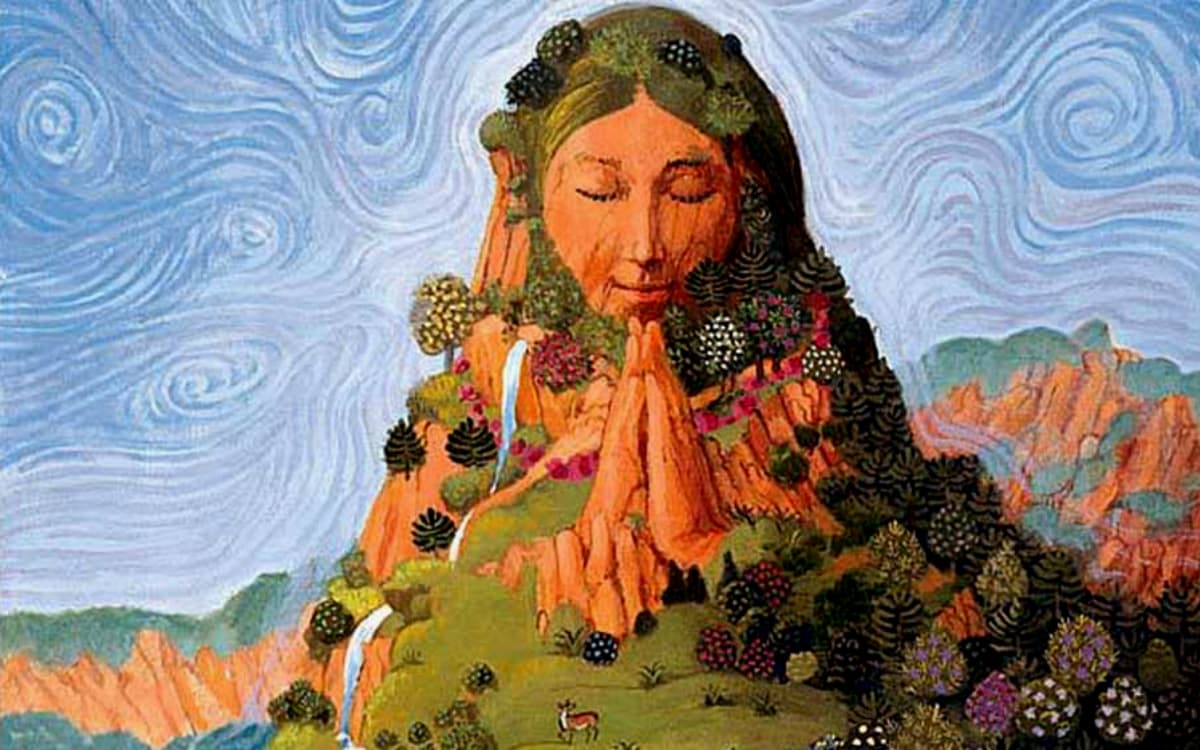
Surprisingly enough, the concept of mother earth has existed for a very long time, perhaps even before ancient civilizations could get a chance to thrive. People have always revered mother earth, and the Incas had their own incarnation, known as Pacha Mama. While Viracocha is arguable the more important and powerful god as the creator god, Pacha Mama still got more attention due to her position as goddess of the earth.
The Incas wanted to stay on Pacha Mama’s good side, and were always keen on showering her with offerings, similar to their treatment of the sun god. It would be Pacha Mama and Inti that would receive plenty of attention so that the Incas would hopefully receive their blessings in the form of effective crops. Considering the Incas live on the mountainside, crops were invaluable, as they didn’t have a lot of space.
Mama Coca
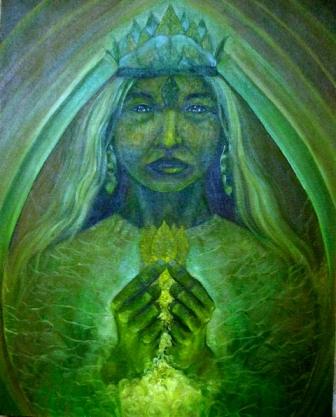
Mama Coca is associated with the coca plant, which the Incas would consume, and it was said to be the source of happiness and health. For those who are unaware, the coca plant is the source of the drug, cocaine. As unfortunate as that comparison might be, during the time of the Incas, they saw the coca plant as a means to improve health and happiness, which is understandable given the capabilities of the plant.
Mama Coca was seen as a promiscuous goddess, and had many lovers. Unfortunately, this led to her demise, in a sense. Her lovers would end up slicing her in half, and one of those halves would become the coca plant.
Supay
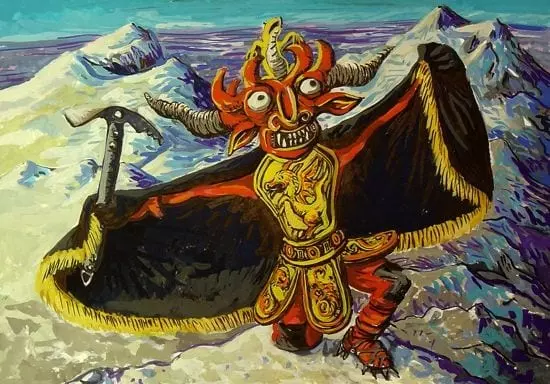
Naturally, just like any other civilization has deities presiding over life, so too must there be a deity to preside over death. How civilizations handle death — at least in the pantheon — can differ greatly. For example, Osiris is the god of the dead, while also being considered a supreme god in the Egyptian pantheon. The Incas have their own god of the dead, known as Supay. The main difference is unlike Osiris, Supay is often seen as evil, and he rules over similarly evil minions.
In a lot of ways, he’s similar to the devil depicted in Christianity. In most depictions of Supay, he’s often seen as a trickster. Many of the Peruvean tribes see Supay as a form of demon or devil, though it’s understandable why. If there’s a god that can be seen as close to the devil as possible, it would be a god of the dead.
Illapa

Similar to Inti and Pacha Mama, Illapa is a god governing aspects of life instrumental to a flourishing civilization. Illapa is a god of the climate, and his name means lightning and thunder. Naturally, Illapa makes it rain, and the Incas undoubtedly need rain to help with their crops.
Illapa (despite the art above) is mostly seen as a benevolent god who takes pity on the people below. There’s an Inca tradition where they tie black dogs and wait for them to go hungry, so that Illapa takes pity on them enough to make it rain.
Wasikamayuq

One of the more interested in the Inca pantheon is Wasikamayuq, often considered to be the god of the homestead, or the god of home. Wasikamayuq is popular mainly due to his connection to home, and how he supposedly helps keep the homes of the Inca civilization safe and secure. He is not the only god that’s meant to keep the home of Incas safe — he shares the responsibility with Qhaxra-kamayuq, another god of home.
Much like modern society, the Incas saw their home as a place of security and rest. Home is where the heart is, which is why many people were fond of Waskiamayuq. He might not have had as celestial a responsibility as other gods and goddesses, but it was one people appreciated.
Apus

Naturally, the Incas saw the mountains as their home, and they made sure to give it the respect it deserved. The interesting thing about the Apu is that it was often seen as guardians or gods of the mountains, and there was an Apu for every mountain. As such, the god of the mountain is considered to be Apus.
It’s a similar belief to Japan, where spirits were known to roam the mountains, and people should pay them respects. The Incas felt the same way, and they would often pay these Apus respect when traveling through the mountains.
Mama Quilla
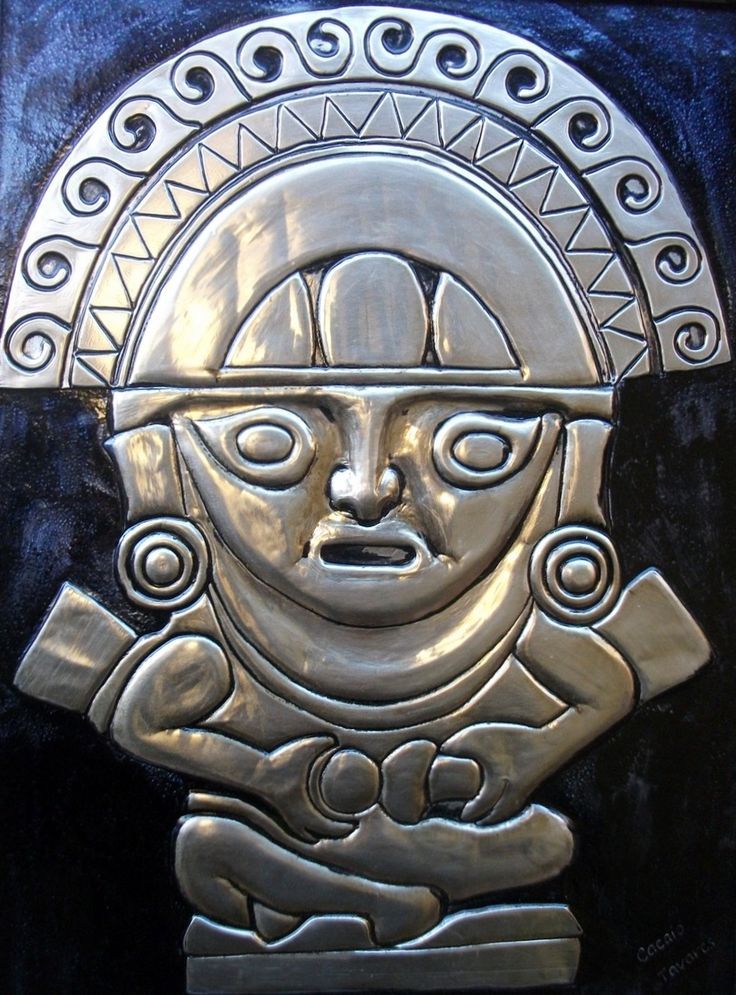
You’ve likely already noticed a pattern when it comes to the top Inca gods and goddesses. Typically, the most popular deities are the ones with a significant effect on how the Incas live their lives. For example, Inti is an obvious pick, being the god of the sun. Pacha Mama is another popular pick as the Inca civilization saw her as mother earth.
Mama Quilla is a similar goddess, as she’s known as the goddess of the moon. Similar to the god of the sun, the goddess of the moon offers life to the Inca civilization. It’s also easy to imagine how popular she would be, considering the moon and the stars are the only ones lighting the night sky. She was known to protect women, and so the Inca women would often pray to Mama Quilla the most.